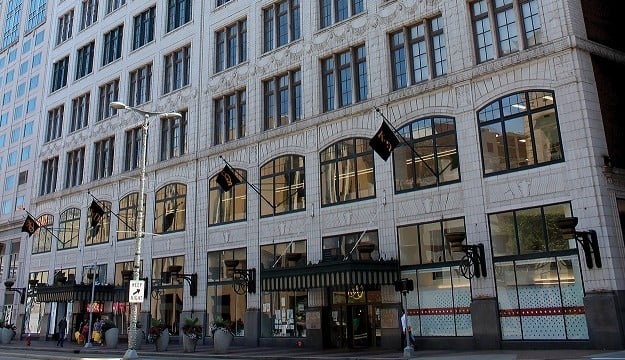 value-add exclusive Levin Johnston GlobeSt.com: How do you define exit properties and what is fueling the shift to those properties? Levin: Johnston: Levin: GlobeSt.com: Does this mean value-add investments are more of a long shot in the Bay Area? Johnston: Levin: GlobeSt.com: How does this sale speak to the trend of investors shifting to property exits? Levin: Johnston:
value-add exclusive Levin Johnston GlobeSt.com: How do you define exit properties and what is fueling the shift to those properties? Levin: Johnston: Levin: GlobeSt.com: Does this mean value-add investments are more of a long shot in the Bay Area? Johnston: Levin: GlobeSt.com: How does this sale speak to the trend of investors shifting to property exits? Levin: Johnston:© Touchpoint Markets, All Rights Reserved. Request academic re-use from www.copyright.com. All other uses, submit a request to [email protected]. For more inforrmation visit Asset & Logo Licensing.







